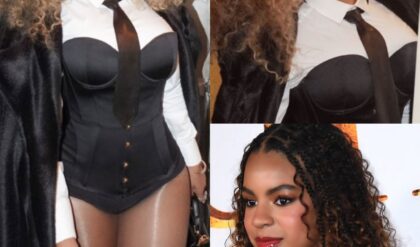Cinematographer Greig Fraser reveals that Dune: Part Two’s black and white planet initially scared Warner Bros. when they saw the footage.
Though one of the more visually standout moments in the sequel, cinematographer Greig Fraser reveals that Dune: Part Two‘s black and white planet initially scared Warner Bros. Adapting the second half of Frank Herbert’s sci-fi epic novel, the movie introduced the ruthless Harkonnen warrior Feyd-Rautha with a sequence set on his home planet of Giede Prime, in which he’s seen battling Roger Yuan’s Lieutenant Lanville in a gladiator arena. Unlike the rest of the movie, Fraser and director Denis Villeneuve set the entire sequence in black-and-white, giving a striking introduction to Feyd-Rautha in the sequel.
Greig Fraser reflected on the creation process of Dune: Part Two‘s black and white planet sequence. When asked what the biggest challenge was in the Giede Prime scene, the cinematographer recalled that it was the initial pushback from Warner Bros. over this appearance, namely as it was the first one the team shot on stage and left the studio asking about potential changes, only for Fraser and Villeneuve to stick to their guns and “followed the heart, not the head“. Check out what Fraser explained below:
Greig Fraser: For us, that was the first shoot that we were doing onstage, that was the first thing we were going to be shooting for the main photography. So, we did a bit of pre-shooting in Italy with Florence and Charlotte, we had done a couple of days pre-shooting, but this is the first real shoot that we were gonna be doing onstage that was going to be shown to the studio. It was a bit of a bold step that we decided to shoot in this format, because the worry was that, effectively, people who were not there would watch this footage and go, “What the heck is that?”
Suddenly, we’re on phone calls going, “Can we fix that? Can we fix it in post? Can we add color? How do we resolve this?” But we made a choice and just went, “Well, we’ve made a choice. It’s black and white, no color, we can’t make it color. There’s no way back. We’ve made a choice, and we’re going one way.” So that, for me, was probably the biggest — I wouldn’t say challenge, the biggest consideration, where we had no way home.
All those choices that you make on a movie, you can kind of braid your way out of it, you can resolve it back color wise, or you can cut your way out of it. This left us exposed, figuratively and literally, where there’s no way we could change this later if we decided that was a bad idea. So, we just went for it.
I am [glad we stuck to our guns], too. I am too, because there was a period of time where maybe we weren’t going to do that. Instincts are a funny thing, because your heart says something, and then your brain says something else, and our brains both were going, “We shouldn’t be doing this,” but our hearts were like, “We got to do this.” So yes, I think you’re right, we followed the heart, not the head.
Why It Was Important For Dune: Part Two’s Giede Prime To Be In Black & White
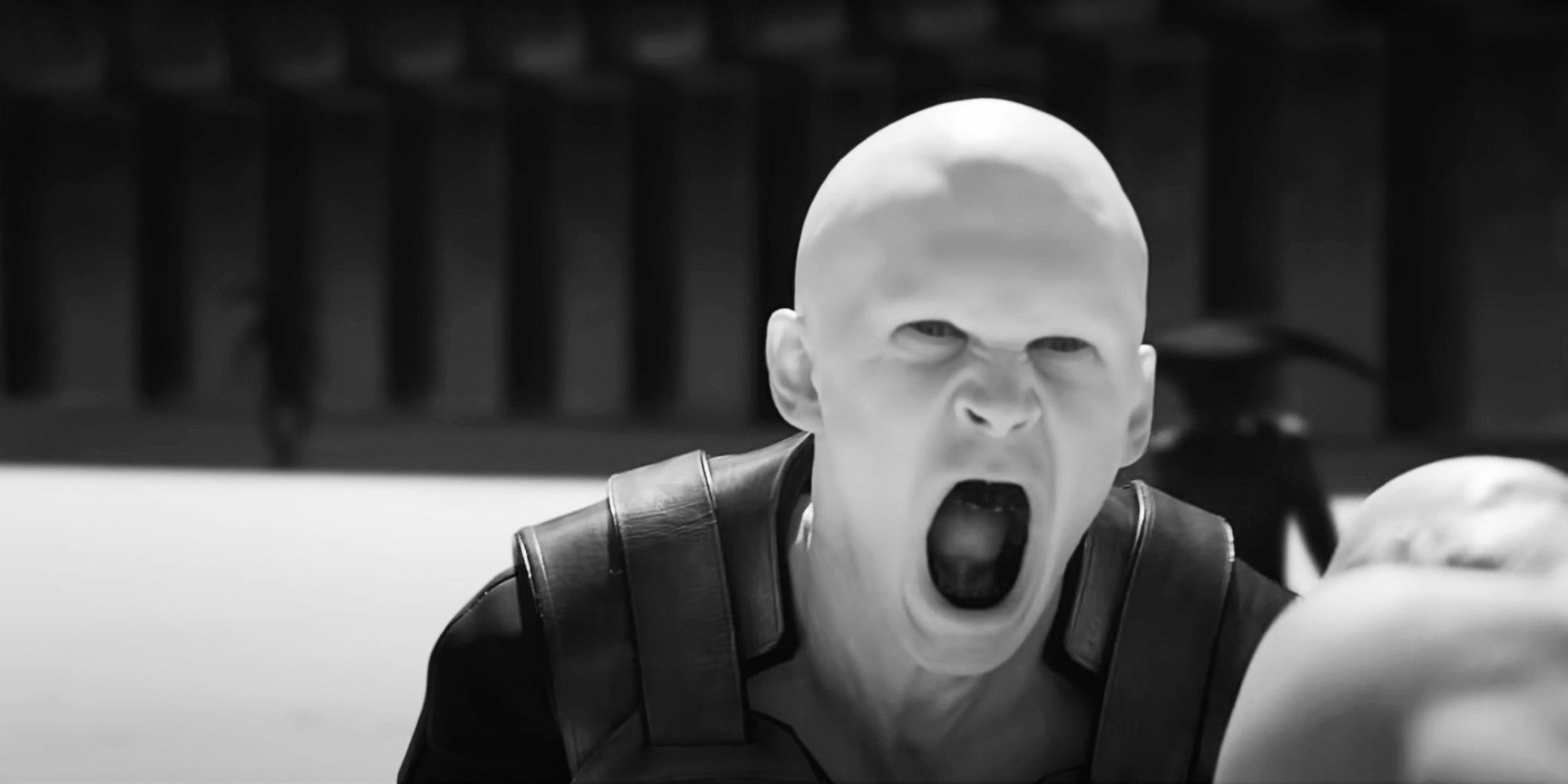
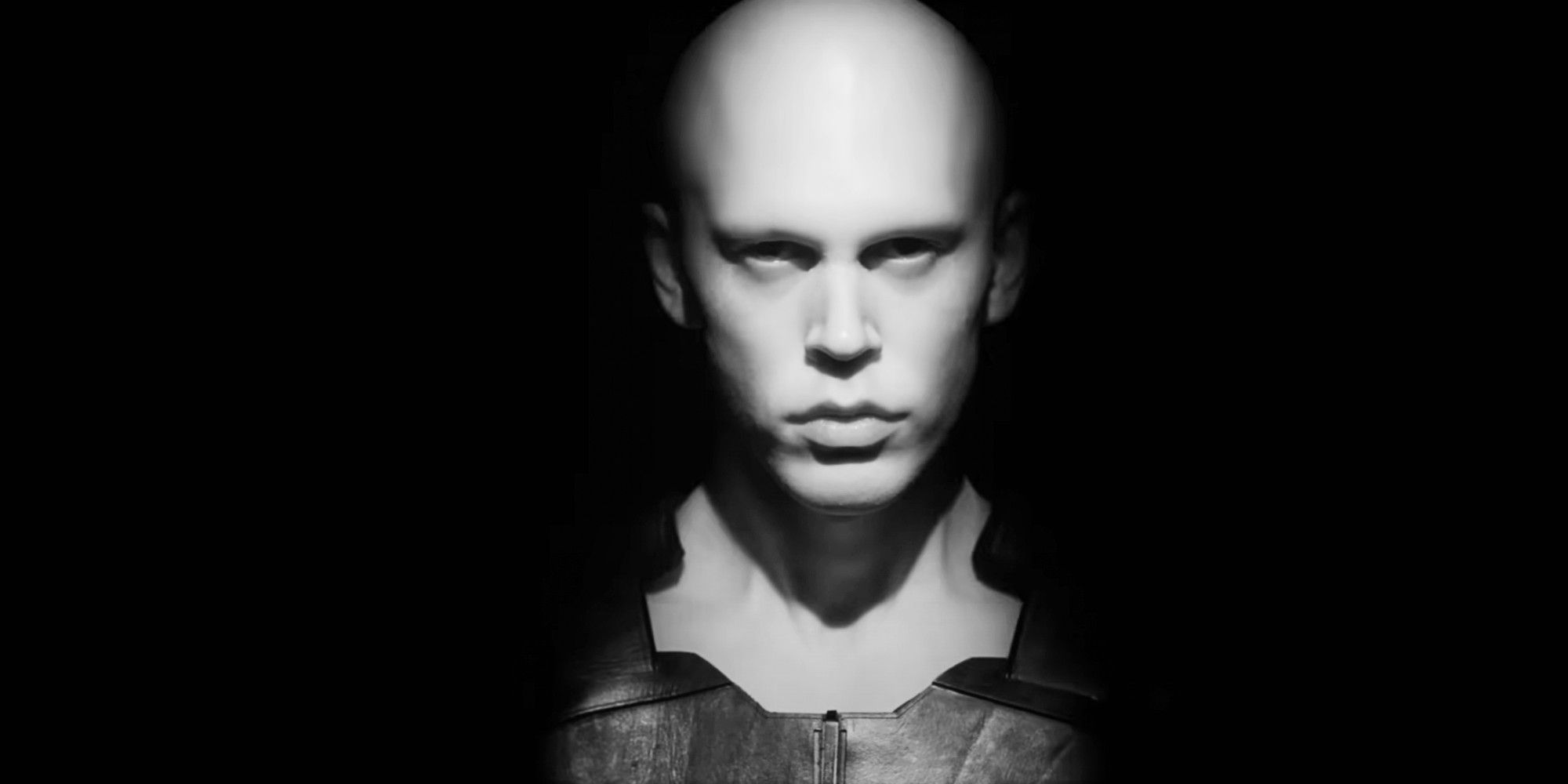
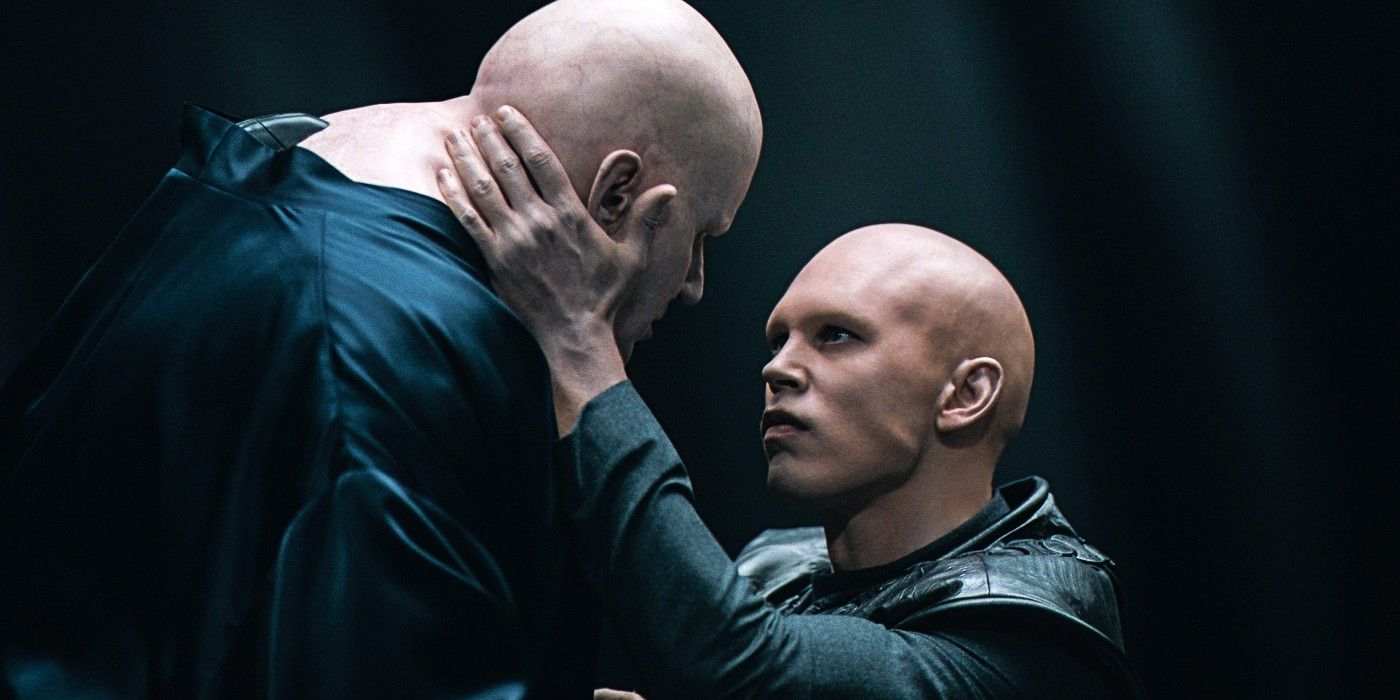
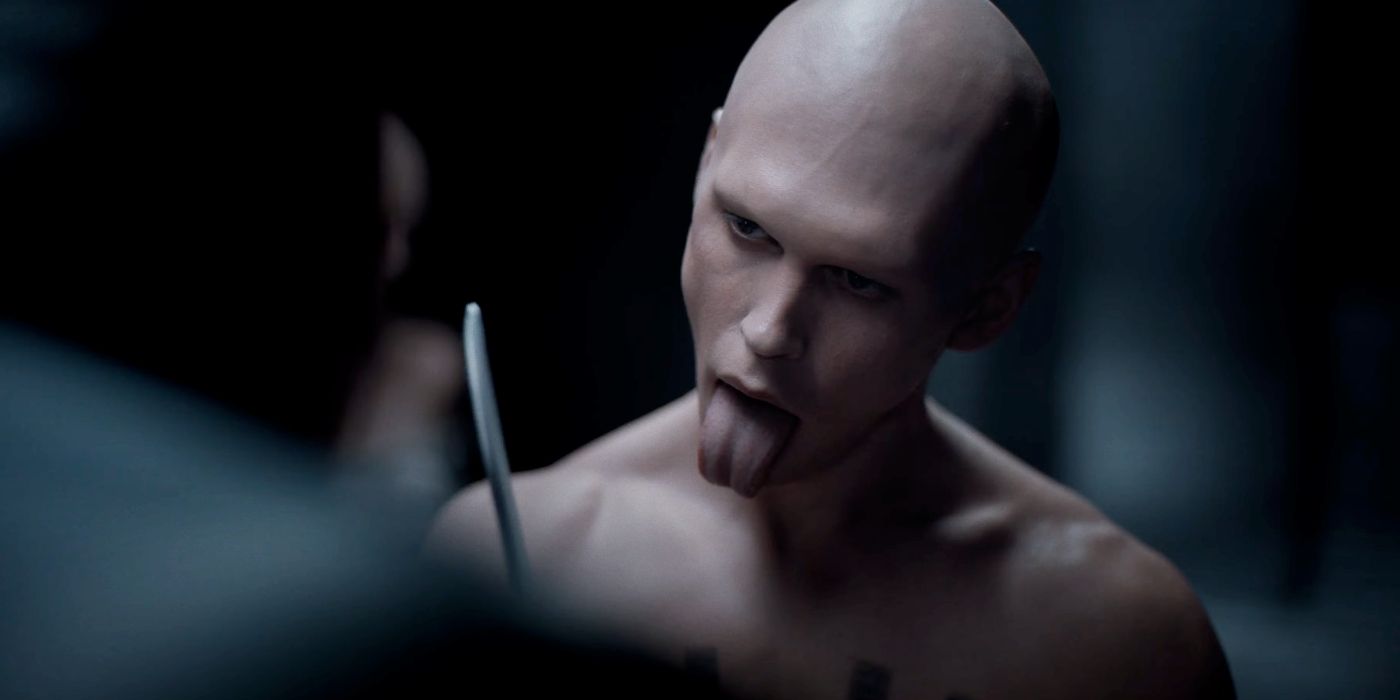
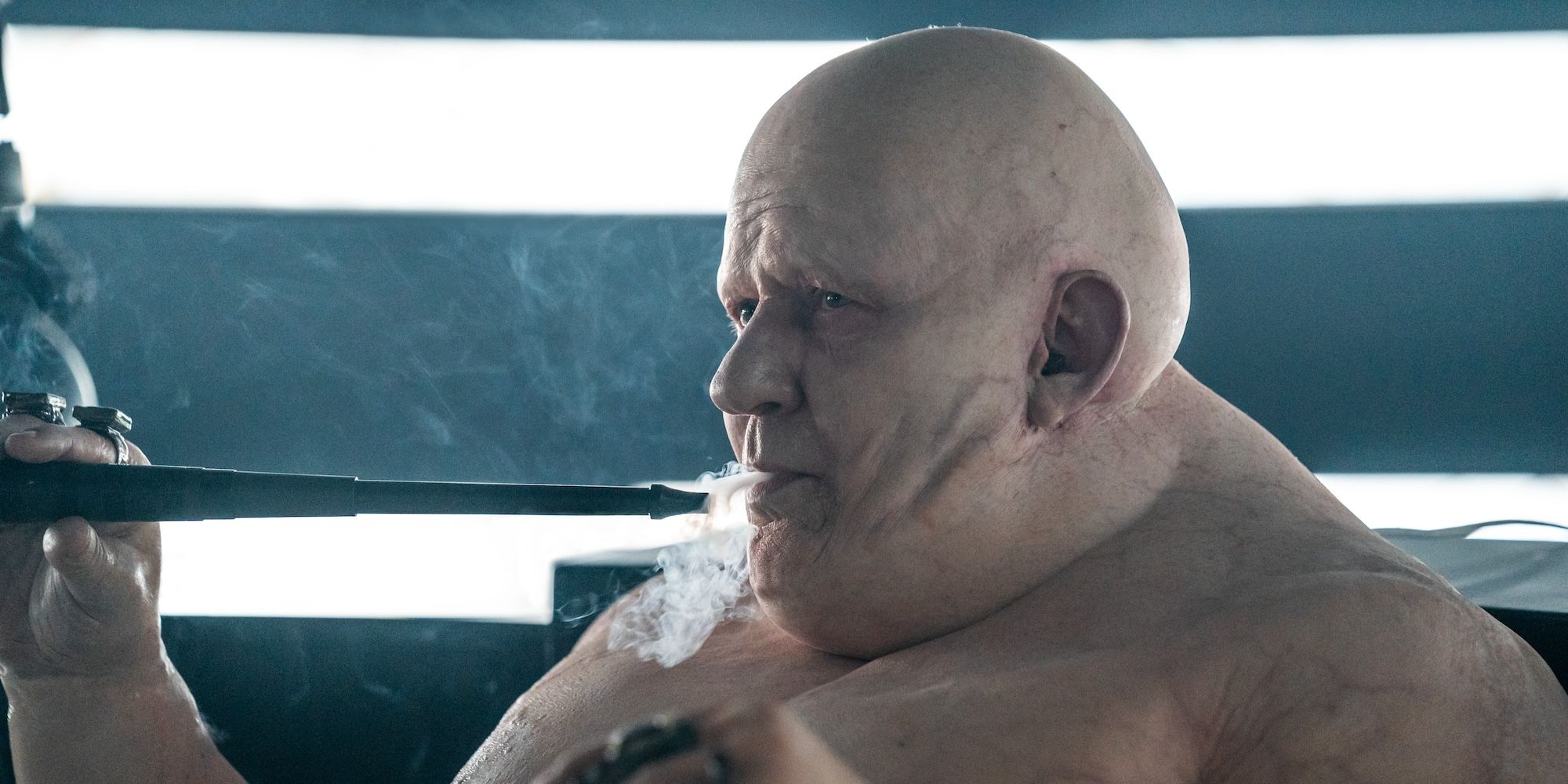
On the heels of the movie’s release, Fraser and Villeneuve had offered extensive explanations behind Dune: Part Two‘s black and white approach to depicting Giede Prime, including the in-universe rules they had for why they took this visual approach. Fraser, in particular, noted that the reason for this is that the sun puts out more infrared rays than the likes of Calladan and Arrakis, which in turn leads to exterior scenes essentially leaving “everything that the sun hits [washed out].”
Villeneuve, on the other hand, expanded on this by noting that it actually came from the Dune book, namely the fact that “there’s less information” in Herbert’s source material about Giede Prime since they are a world “that is disconnected from nature“. In turn, the director felt it was vital to create this black-and-white appearance in order to better highlight their “brutalist culture” that had already been set up in the first movie with their savage destruction of the House Atreides in order to take over control of Arrakis.
This theme was ultimately even more important for Feyd-Rautha’s Dune: Part Two introduction, however, given his nature as being a direct foil to Timothée Chalamet’s Paul Atreides. While both births were plotted by the Bene Gesserit in the hopes of creating the Kwisatz Haderach, the black-and-white color scheme largely aligns with Feyd-Rautha’s nature of an unmoving and violent being who could very well bring about the downfall of all society if he had risen further in power, all while Paul represents a more compassionate and intelligent figure only resorting to violence when necessary.



